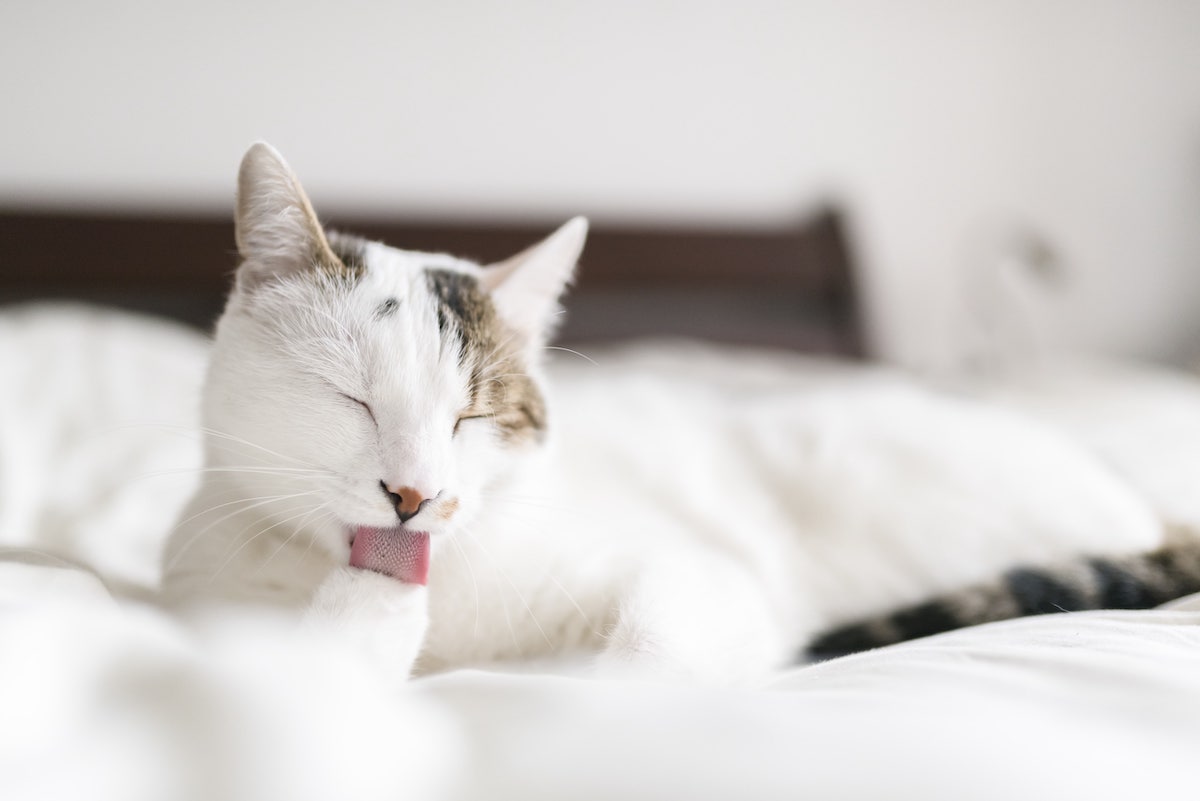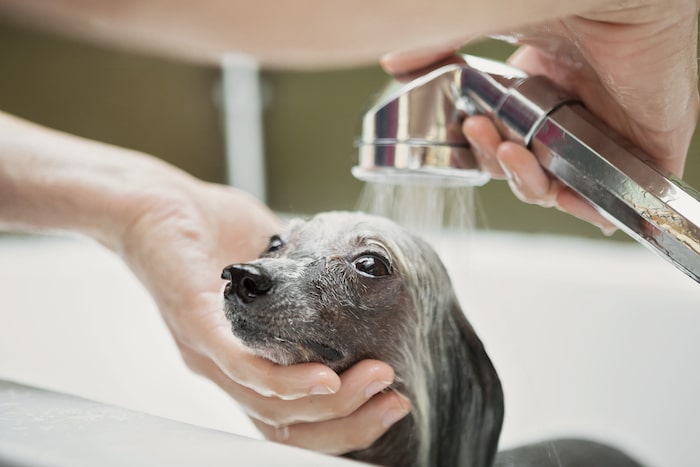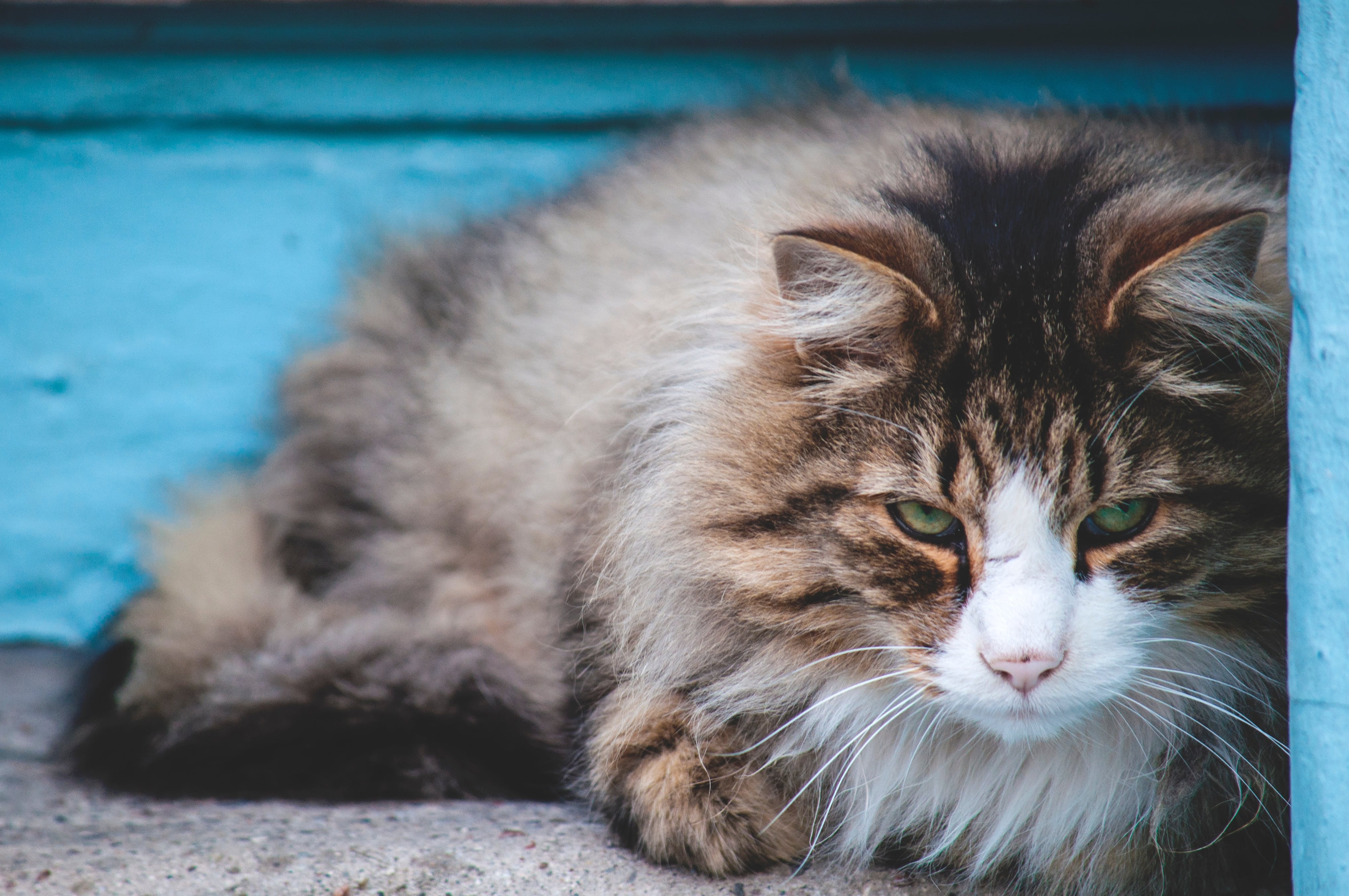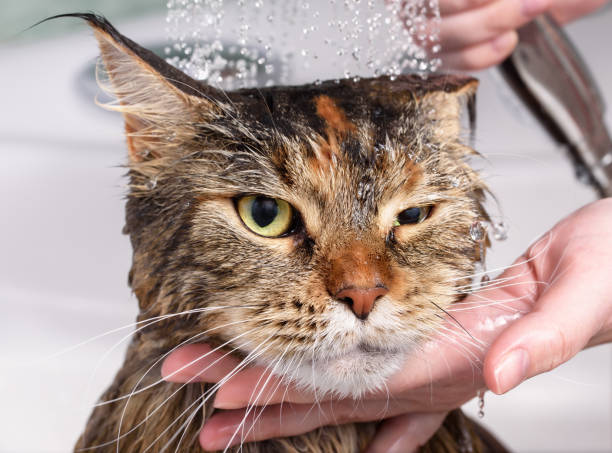
How to Give a Cat a Bath
by Jane Meggitt - 4/9/19
Cats are naturally fastidious creatures. Your furry companion performs a thorough daily grooming, right down to licking between his toes. There are times, however, when a cat requires a bath, and feline owners know their pets don’t like to get wet. Combine distaste for water with sharp claws, and the odds of impending disaster are high–unless you know the safest, most effective way to wash a cat.
When to Wash a Cat
Most cats will never require bathing, but exceptions occur. Some nasty substance might get on your cat’s fur that she can’t clean off. Very fat or arthritic cats, who may have lost the ability to clean themselves adequately, can end up with fecal material or dirt on their coats. If your cat has a severe flea infestation or a fungal infection such as ringworm, bathing with medicated shampoo may prove necessary. Then there are certain breeds of cats who require regular bathing, such as the hairless Sphynx. If oils aren’t regularly removed from a hairless feline’s skin, he may develop cat acne.
Preparation
Before immersing Kitty in water, make sure everything you need will be easily accessible at the bathing site. That may include:
- Cat shampoo–medicated if necessary. Never use shampoos designed for humans.
- Towels
- Washcloth or small soft cloth for cleaning the face
- Full pitcher of warm water
- Sink sprayer if using a sink
- Rubber gloves–don’t try to wash your cat barehanded.
For best results, bathe your cat in the kitchen sink, or a bathroom sink if it’s large enough. An alternative is to place a dish tub in your bathtub. The bathroom is a good place for cat washing, if only because you can close the door. Should your cat escape, if she has the run of the house then she’s likely to hide or at least be more difficult to catch.
Whatever the type of bathing area used, line it with a towel or other material that Kitty can sink his claws into for a good grip. Fill the tub with a few inches of warm–not hot–water, and temperature test it before adding the cat.
How to Give a Cat a Bath
Put your rubber gloves on first, and then get Kitty. If you have a spouse, roommate or family member who can help you, enlist them in the activity, but only if it is someone the cat knows. Most strangers–as far as the cat’s concerned–will upset a cat during this stressful time, unless the person is experienced in the art of feline bathing. These helping hands can soothe the cat and help prevent the animal from leaping out of the sink or tub.
Place the cat in the water, and gently wet it from the shoulders to the tail. Avoid wetting the face. Once the cat is wet, apply shampoo according to directions and lather. Rinse thoroughly using the water in the pitcher or the sink sprayer. Dampen the washcloth or soft cloth and gently wipe your cat’s face clean.
Drying Your Cat
Once your cat is rinsed thoroughly, take her out of the sink or tub and wrap her in a large towel. Rub the towel over her fur to soak up as much water as possible. Once that towel is wet, get another one to continue drying.
What about blow-drying Kitty’s wet fur? Not a good idea, unless your cat is accustomed to the sound and heat from the blow-dryer. Most cats won’t need blow-drying anyway, unless their hair is very long. If that’s the case, get your cat used to the blow-dryer before using it for drying.
Once you’ve dried Kitty off as much as possible, give him a favorite treat and let him continue drying off in a warm part of your home. If you have multiple cats, keep her separated until she’s dry. Bathing can bring out the worst in normally compatible felines, so you don’t want to start any hissy fits.
A graduate of New York University, Jane Meggitt’s work has appeared in dozens of publications, including USA Today, The Alternative Daily, nj.com, The Happy Cat Site and The Nest Pets.
References




.jpg)

.jpg)










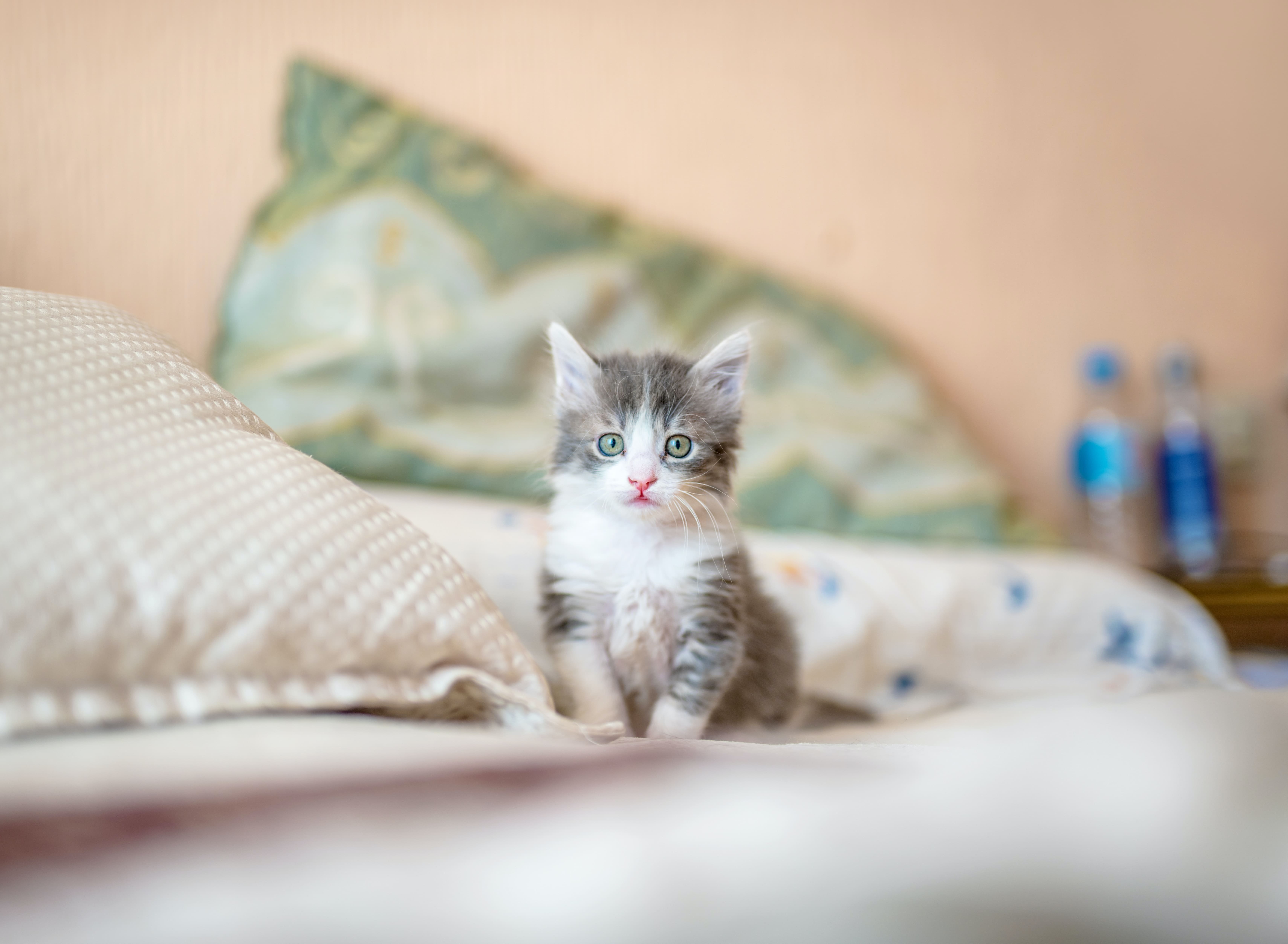













.jpg)





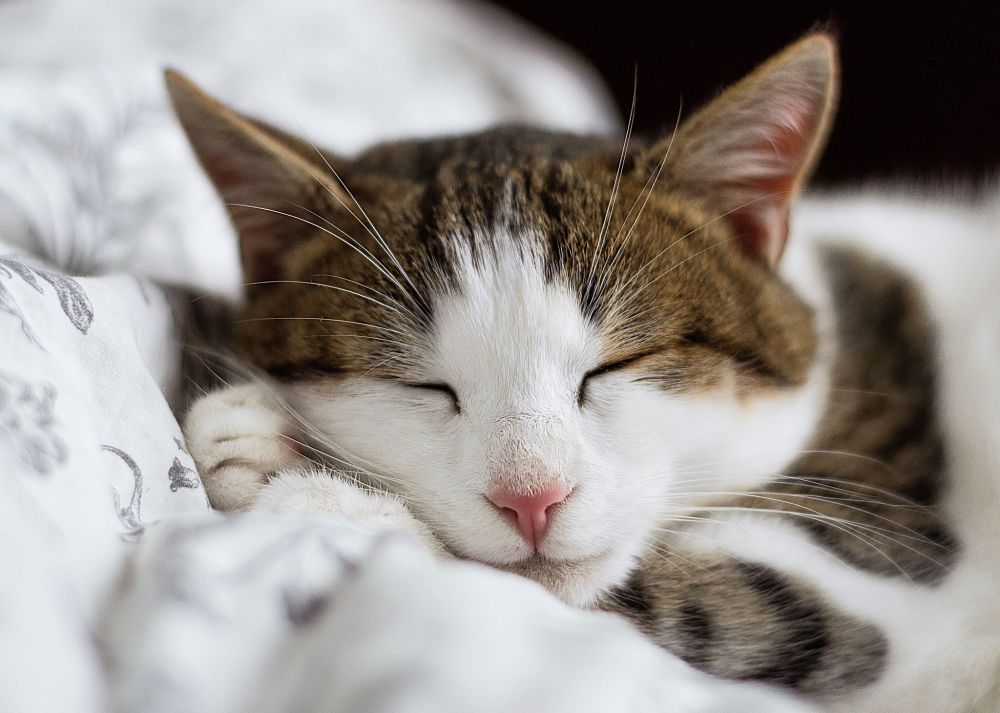
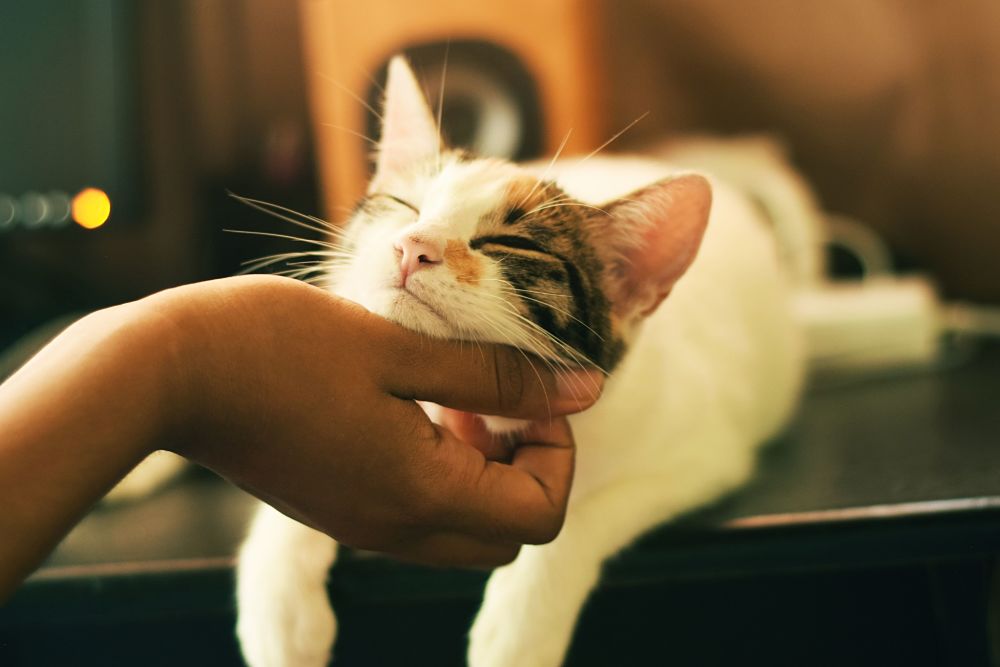






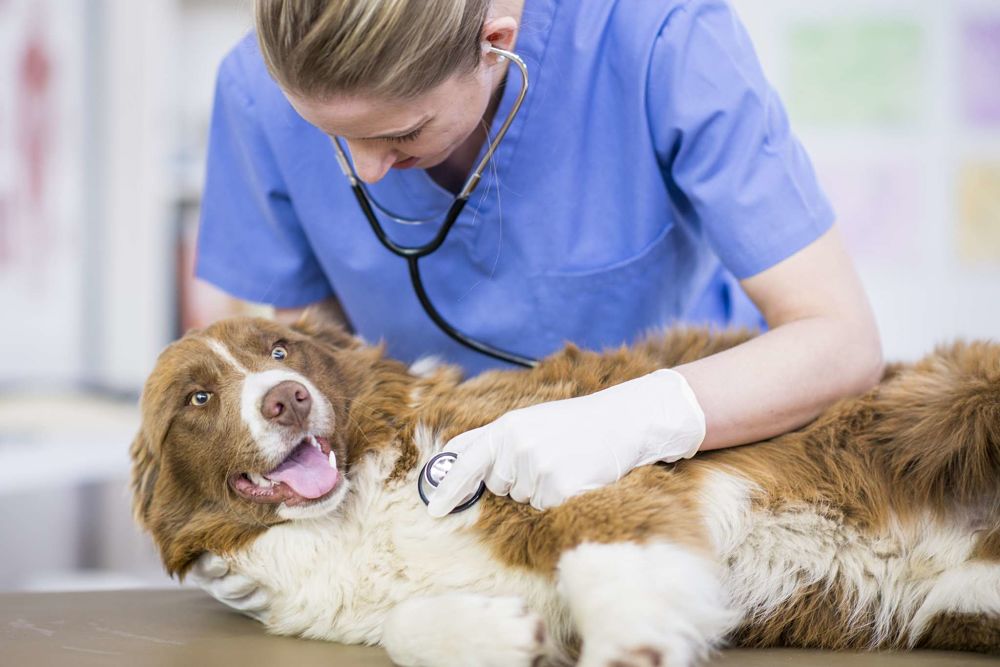
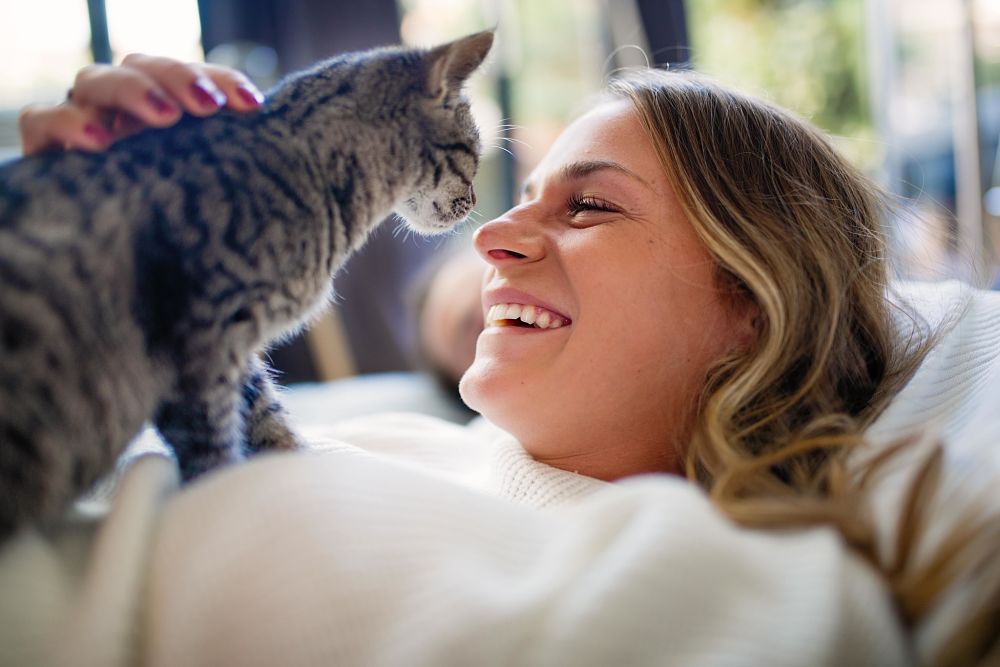






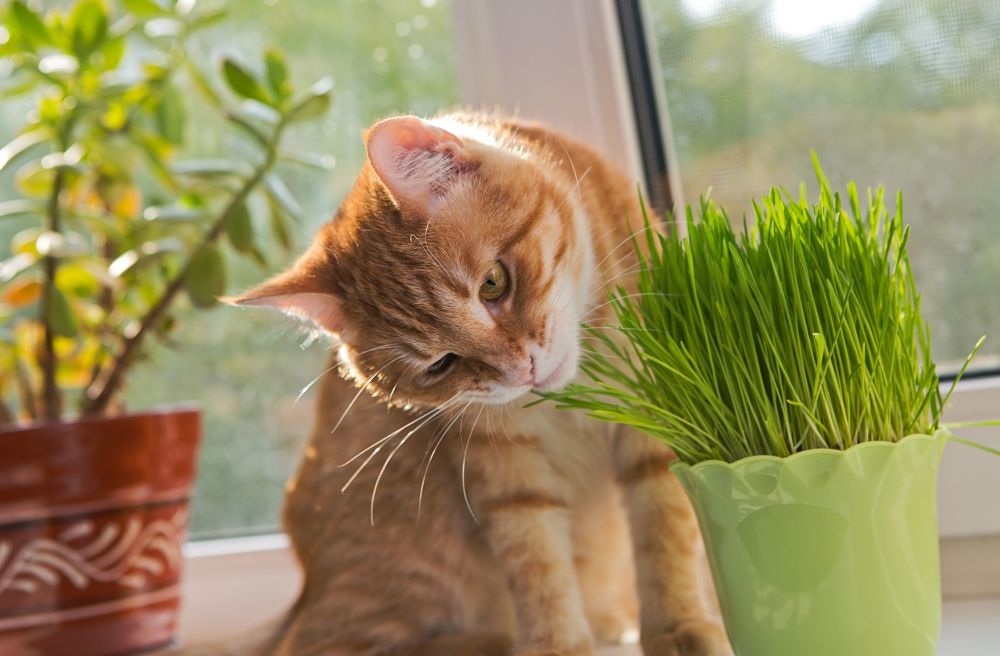











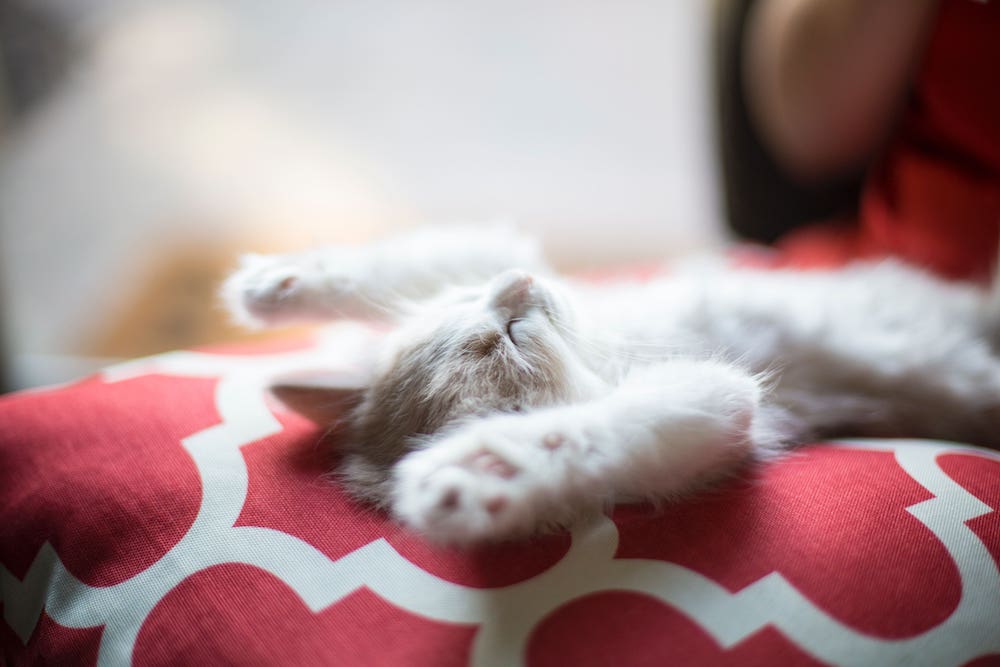

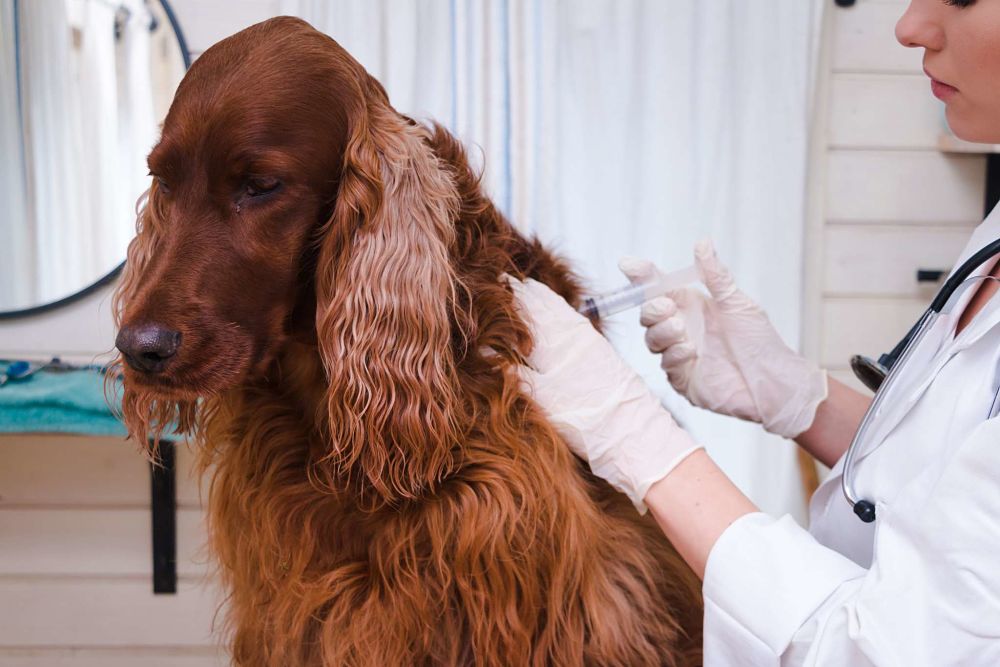



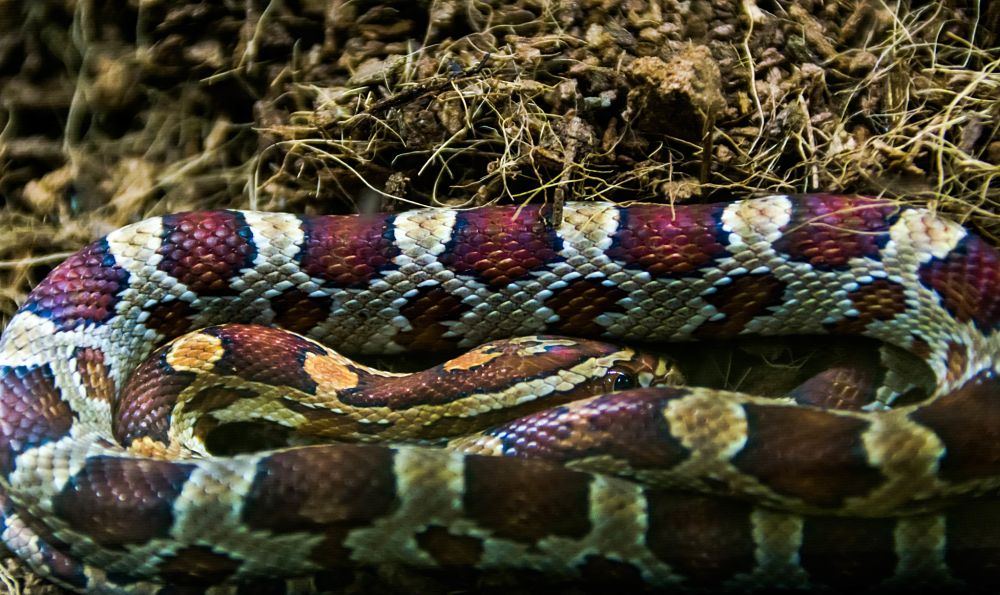
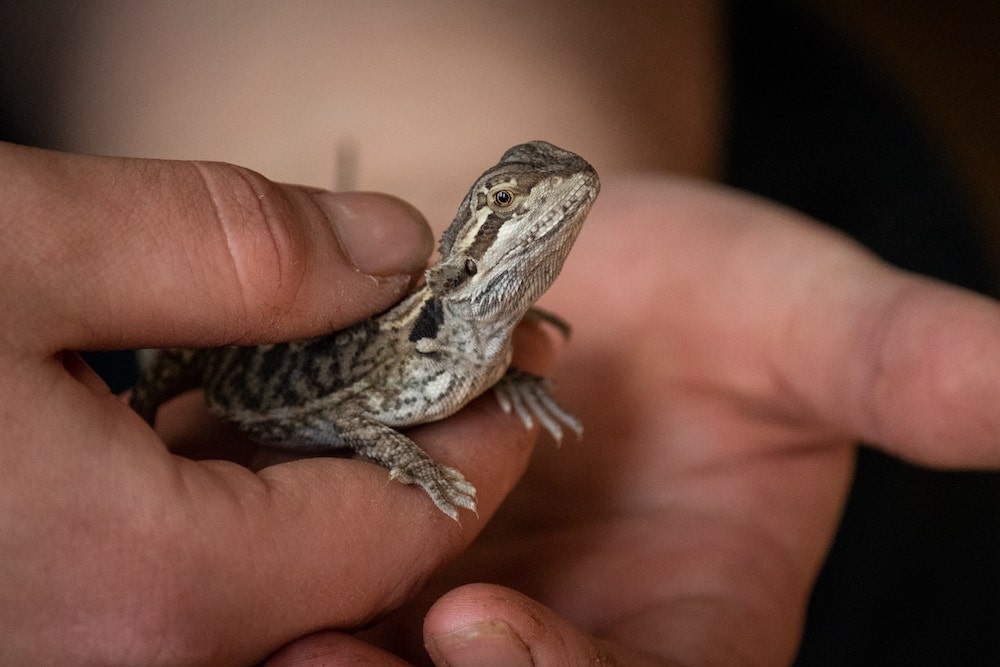



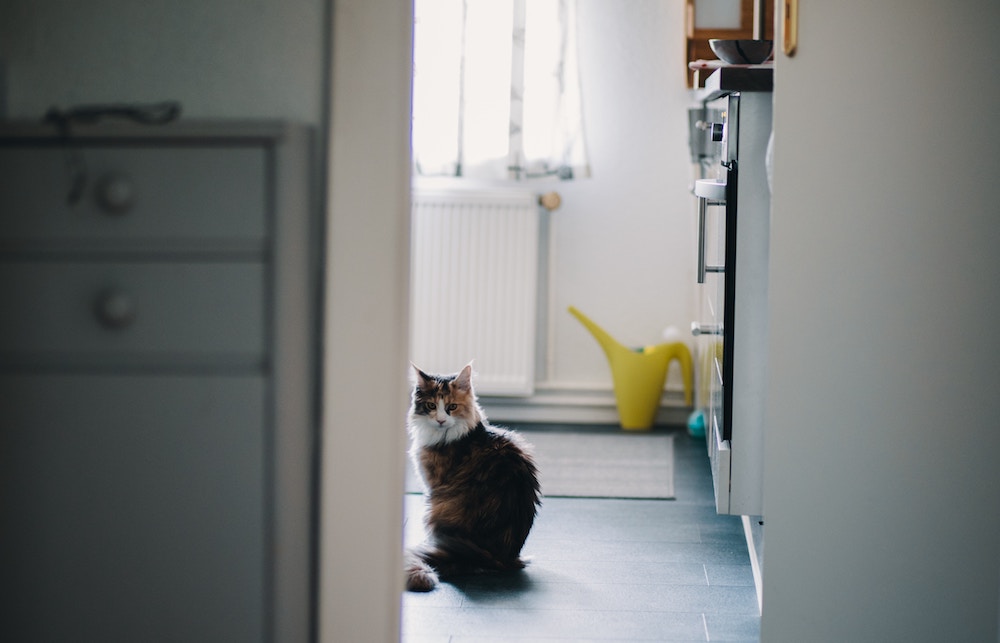
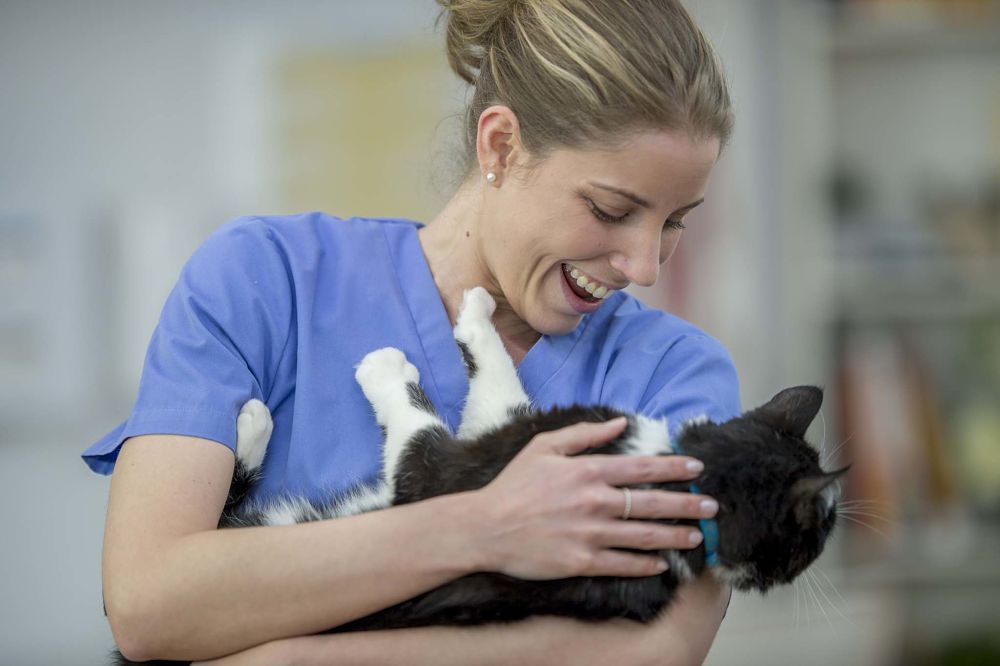


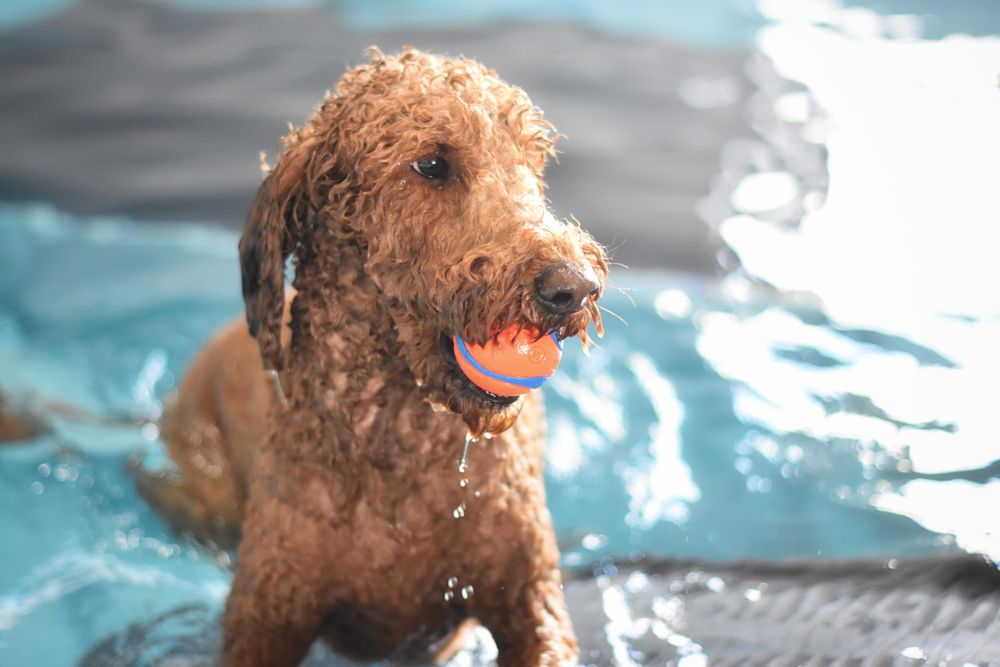




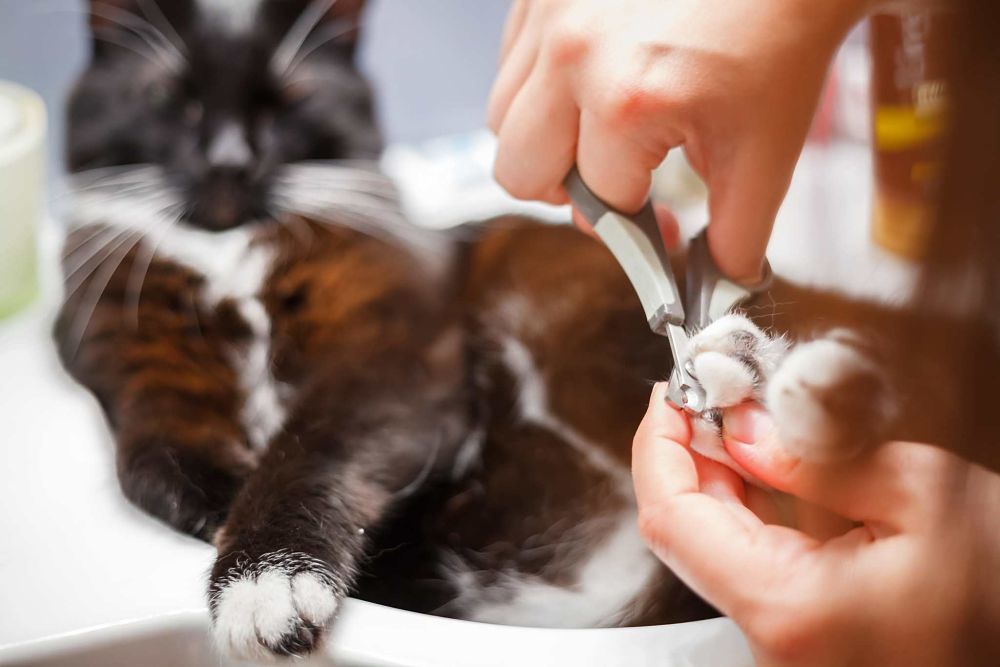
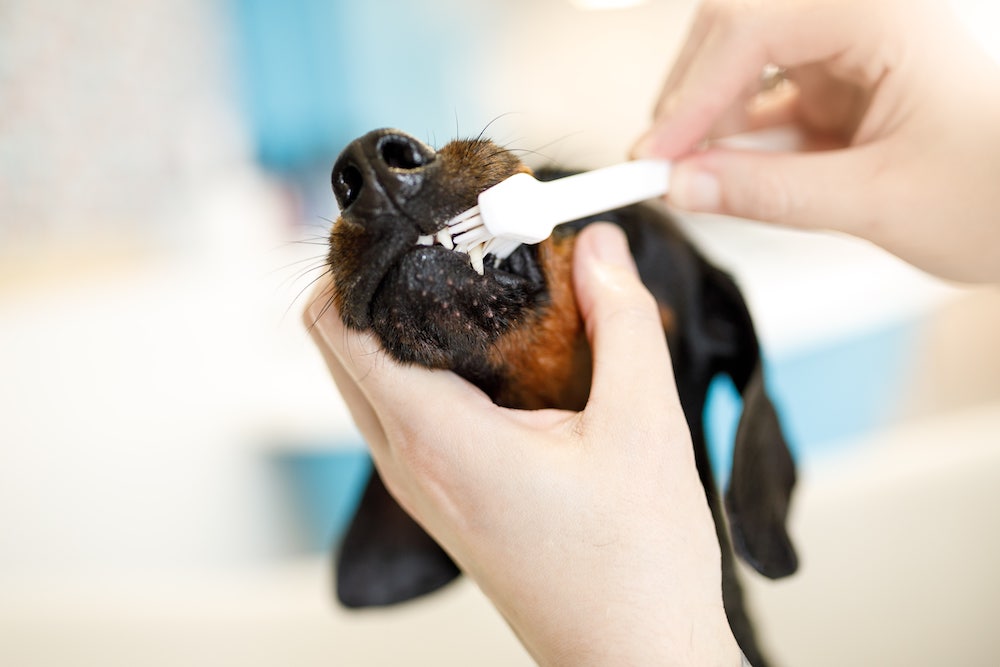


.jpg)



